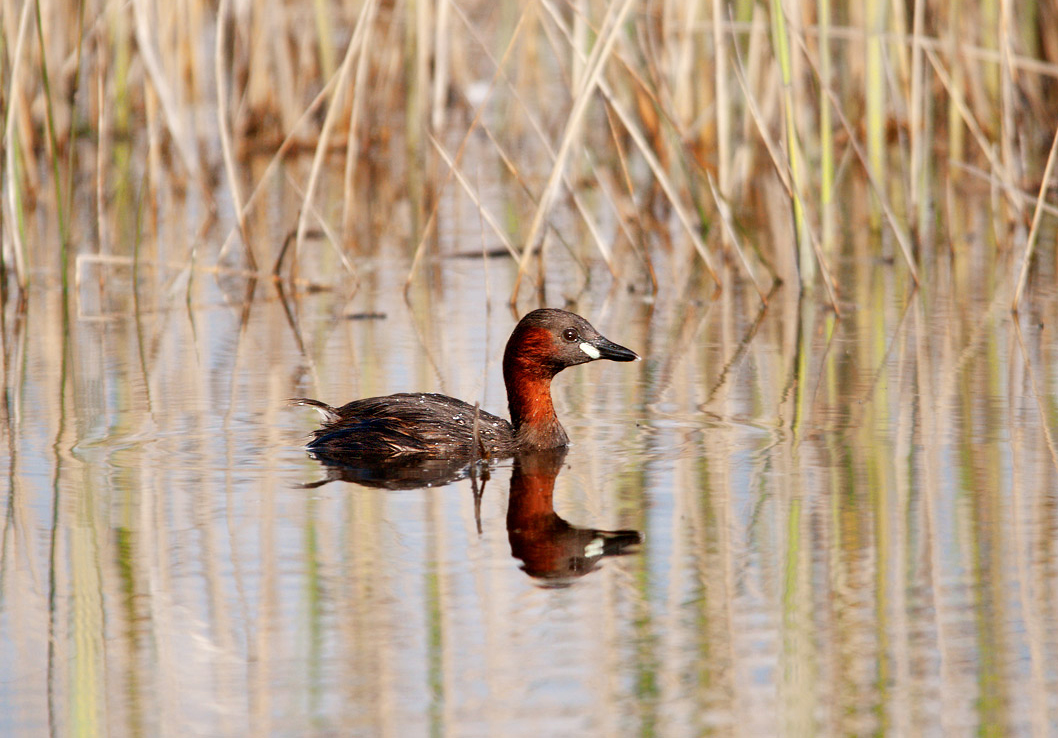Hello
everyone, I hope you have been enjoying some of the nicer weather we have been having lately. The wildlife certainly has, and we have been
seeing plenty of spring behaviour.
One of the
best things about Spring is the return of the fantastic calls and song that
mark the start of the breeding season, and the waterfowl of the Mire Loch are
no exception. Click play on the audio players for examples of the sounds you can hear.
Probably our nosiest and most
noticeable resident at the moment are the coots
which are busy building nests and defending their territories. Some coot chicks have already been spotted. Apart from the loud splashings which signal
their territorial disputes, the most common calls of the coot are a loud
trumpeting sound which sounds a bit like the bird saying its own name.
Smaller and shyer that the coot is
it’s close relative the moorhen. More likely to be found lurking in the reeds
around the Loch rather than strutting its stuff around the middle, you can often
locate a moorhen through its call – a brooding kruuk sound.
If you are
very lucky you will hear an even shyer member of the rail family – the water rail. A bird so retiring that even us Rangers only
see it a handful of times a year, the water rail can be surprisingly noisy. It can make a variety of whistles and squeaks
but the most distinctive noise is a shrieking noise which is reminiscent of a
pig squealing.
Little grebes are the smallest bird to breed on the
Mire Loch, and tend to dive frequently and lurk amid the vegetation making them
difficult to spot. A certain giveaway of
their presence, however, is a loud whinnying trill, often performed by two birds
together.

A similar
call is made by the tufted duck. However
this is a more bubbling sound, and combined with the fact that they are
currently hanging around in a gang, it always reminds me of a group of
schoolgirls giggling!
And
finally one of the more noticeable residents of the Mire Loch are our resident mute
swans, who currently have a very impressive nest, best viewed from the
track up to the lighthouse. Contrary to
their name they do make a sound, but it is a rather underwhelming sneezing
sound, as if the bird is snorting through its bill!


.jpg)





















